The theory of relativity describes black holes as being spherical, smooth and simple. Quantum theory describes them as being extremely complex and full of information. New research now proposes a surprising solution to this apparent duality.



The ALICE collaboration has presented new results on the production rates of antideuterons based on data collected at the highest collision energy delivered so far at the Large Hadron Collider. The antideuteron is composed of an antiproton and an antineutron. The new measurements are important because the presence of antideuterons in space is a promising indirect signature of dark matter candidates. The results mark a step forward in the search for dark matter.
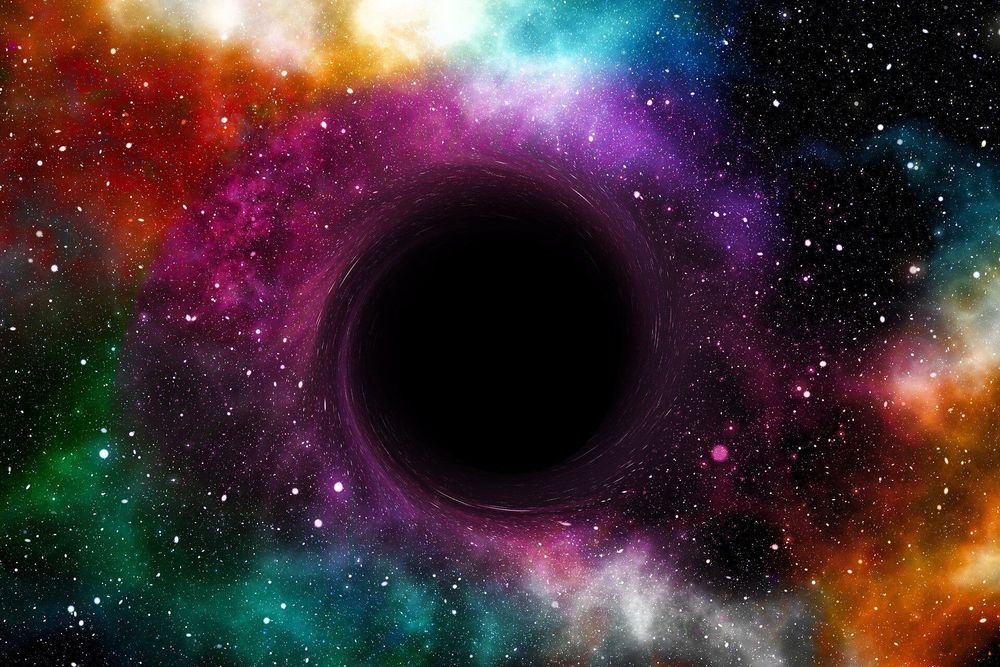
According to new research by SISSA, ICTP and INFN, black holes could be like holograms, in which all the information to produce a three-dimensional image is encoded in a two-dimensional surface. As affirmed by quantum theories, black holes could be incredibly complex, and concentrate an enormous amount of information in two dimensions, like the largest hard disks that exist in nature. This idea aligns with Einstein’s theory of relativity, which describes black holes as three dimensional, simple, spherical and smooth, as depicted in the first-ever image of a black hole that circulated in 2019. In short, black holes appear to be three dimensional, just like holograms. The study, which unites two discordant theories, has recently been published in Physical Review X.
The mystery of black holes
For scientists, black holes pose formidable theoretical challenges for many reasons. They are, for example, excellent representatives of the great difficulties of theoretical physics in uniting the principles of Einstein’s general theory of relativity with those of the quantum physics of gravity. According to the relativity, black holes are simple bodies without information. According to quantum physics, as claimed by Jacob Bekenstein and Stephen Hawking, they are the most complex existing systems because they are characterized by enormous entropy, which measures the complexity of a system, and consequently contain a lot of information.
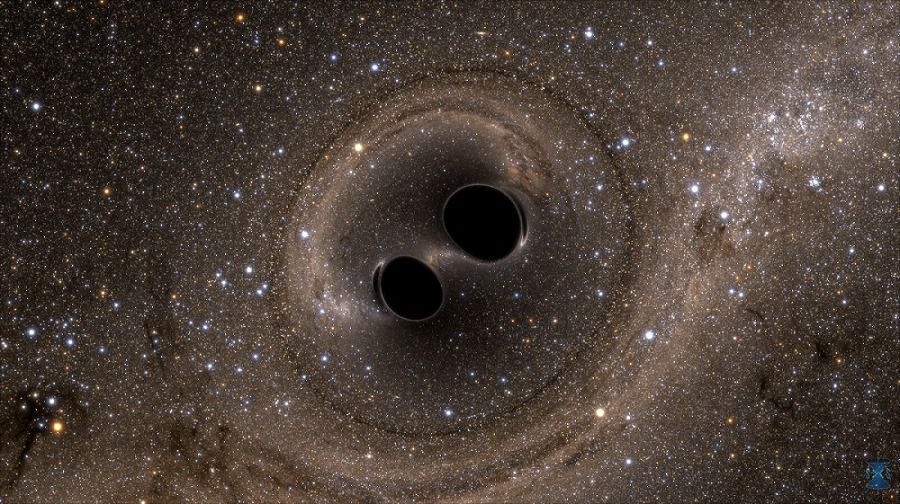
One of the most pressing questions in astronomy concerns black holes. We know that massive stars that explode as supernovae can leave stellar mass black holes as remnants. And astrophysicists understand that process. But what about the supermassive black holes (SMBHs) like Sagittarius A-star (Sgr A*,) at the heart of the Milky Way?
SMBHs can have a billion solar masses. How do they get so big?
A group of scientists at the Harvard Center for Astrophysics are trying to shed some light on that question. They’ve created a simulation as part of the Black Hole Initiative (BHI), an interdisciplinary effort at Harvard to advance the understanding of black holes.
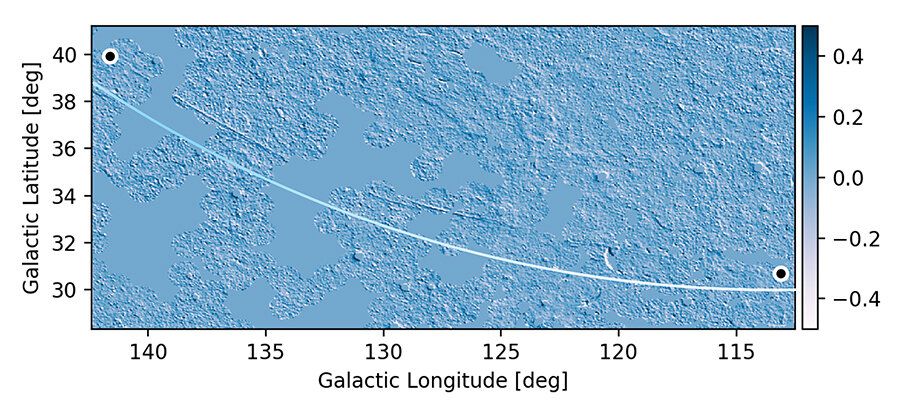
Astronomers announced the discovery of a ghostly, almost perfectly circular, arc of ultraviolet emission centered on the handle of the Big Dipper and stretching 30 degrees across the Northern sky. If the arc were extended, it would completely encircle the Big Dipper with a diameter of 60 degrees.
This unique object was discovered by Andrea Bracco, an astronomer at the Ruđer Bošković Institute in Zagreb, Croatia, Marta Alves, an astronomer at Radboud University in the Netherlands, and Robert Benjamin, a professor of physics and astronomy at the University of Wisconsin-Whitewater in the United States. Benjamin, who contributed to the analysis of the structure, presented the team’s newest results at an on-line meeting of American Astronomical Society on June 2. A report on the discovery has been published in the April volume of Astronomy & Astrophysics Letters.
The arc, stretching beyond the constellation Ursa Major, is 30 degrees long, a fraction of a degree thick, and made of compressed, energized interstellar gas. The source of the energy and the arc shape indicate an advancing shock wave from a stellar explosion or supernova which occurred 60 degrees above the plane of the Milky Way Galaxy. The distance and age of the explosion which created the shock wave is highly uncertain. The team estimates that the explosion occurred more than 100,000 years ago at a distance of approximately 600 light years.

For more than six decades, the quest to understand the formation of hot (about 20,000−30,000 K) extreme horizontal branch (EHB) stars in Galactic globular clusters has remained one of the most elusive in stellar evolutionary theory. Here we report on two discoveries that challenge the idea of the stable luminosity of EHB stars. The first mode of EHB variability is periodic and cannot be ascribed to either binary evolution or pulsation. Instead, we attribute it here to the presence of magnetic spots: superficial chemical inhomogeneities whose projected rotation induces the variability. The second mode of EHB variability is aperiodic and manifests itself on timescales of years. In two cases, six-year-long light curves display superflare events that are several million times more energetic than solar analogues. We advocate a scenario in which the two EHB variability phenomena are different manifestations of diffuse, dynamo-generated, weak magnetic fields. Magnetism is therefore a key player driving the formation and evolution of EHB clusters stars and, likewise, operating in the Galactic field counterparts. Our conclusions bridge similar variability/magnetism phenomena in all radiative-enveloped hot-stars: young main-sequence stars, old EHBs and defunct white dwarfs.
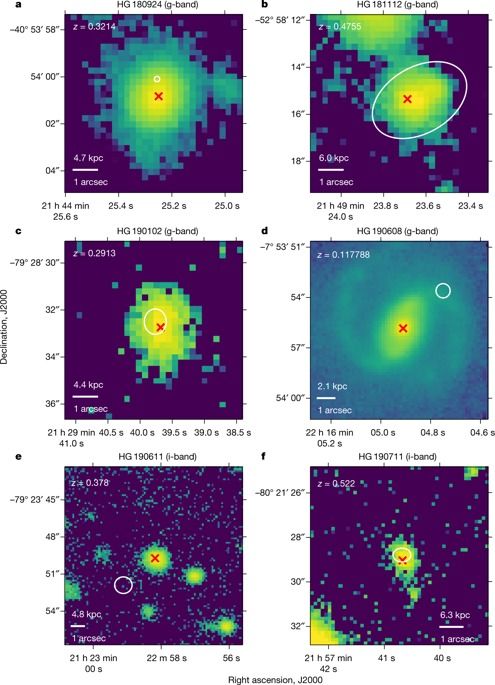
More than three-quarters of the baryonic content of the Universe resides in a highly diffuse state that is difficult to detect, with only a small fraction directly observed in galaxies and galaxy clusters1,2. Censuses of the nearby Universe have used absorption line spectroscopy3,4 to observe the ‘invisible’ baryons, but these measurements rely on large and uncertain corrections and are insensitive to most of the Universe’s volume and probably most of its mass. In particular, quasar spectroscopy is sensitive either to the very small amounts of hydrogen that exist in the atomic state, or to highly ionized and enriched gas4,5,6 in denser regions near galaxies7. Other techniques to observe these invisible baryons also have limitations; Sunyaev–Zel’dovich analyses8,9 can provide evidence from gas within filamentary structures, and studies of X-ray emission are most sensitive to gas near galaxy clusters9,10. Here we report a measurement of the baryon content of the Universe using the dispersion of a sample of localized fast radio bursts; this technique determines the electron column density along each line of sight and accounts for every ionized baryon11,12,13. We augment the sample of reported arcsecond-localized14,15,16,17,18 fast radio bursts with four new localizations in host galaxies that have measured redshifts of 0.291, 0.118, 0.378 and 0.522. This completes a sample sufficiently large to account for dispersion variations along the lines of sight and in the host-galaxy environments11, and we derive a cosmic baryon density of \({\varOmega }_{{\rm{b}}}={0.051}_{-0.025}^{+0.021}{h}_{70}^{-1}\) (95 per cent confidence; h70 = H0/(70 km s−1 Mpc−1) and H0 is Hubble’s constant). This independent measurement is consistent with values derived from the cosmic microwave background and from Big Bang nucleosynthesis19,20.
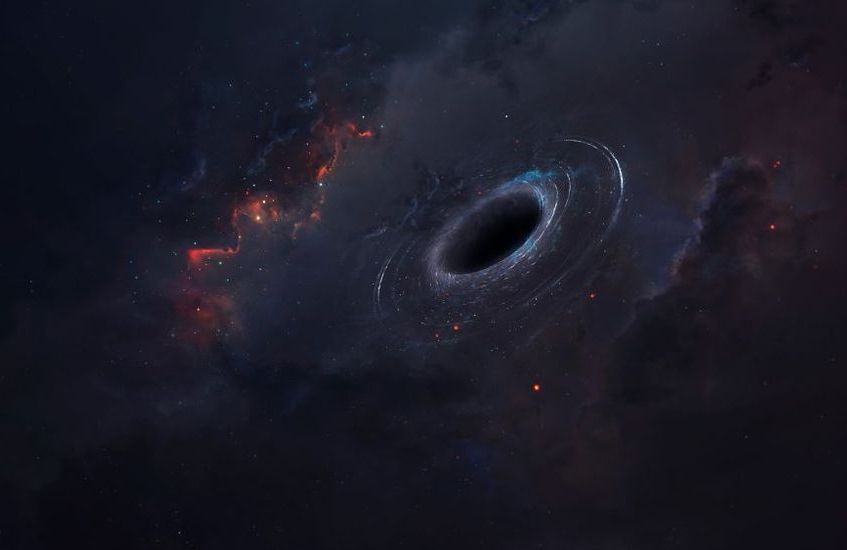

Black holes, regions in space with such an intense gravitational field that no matter or radiation can escape from them, are among the most mysterious and fascinating cosmological phenomena. Over the past five years or so, astrophysicists collected the first observations of the strong gravitational forces around black holes.
The LIGO-Virgo collaboration was able to detect gravitational waves around these celestial objects using some of the most advanced gravitational-wave detectors in the world. Meanwhile, the Event Horizon Telescope research group captured the very first image of a black hole shadow.
While both these observations are highly promising and captivating, neither of them is likely to unveil the event horizon, the boundary defining the specific region in space around a black hole from which nothing can escape. Nonetheless, they should contain a signature pointing to a neighboring region just outside of the event horizon, wherein light is bent so strongly that its path closes over itself and forms circular orbits known as light rings.
